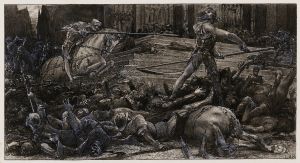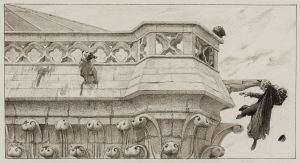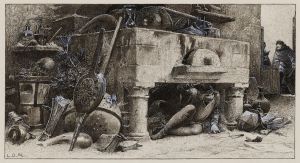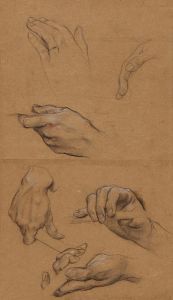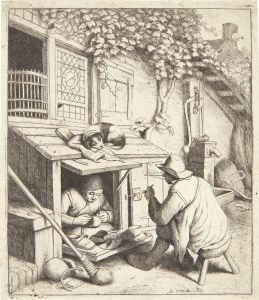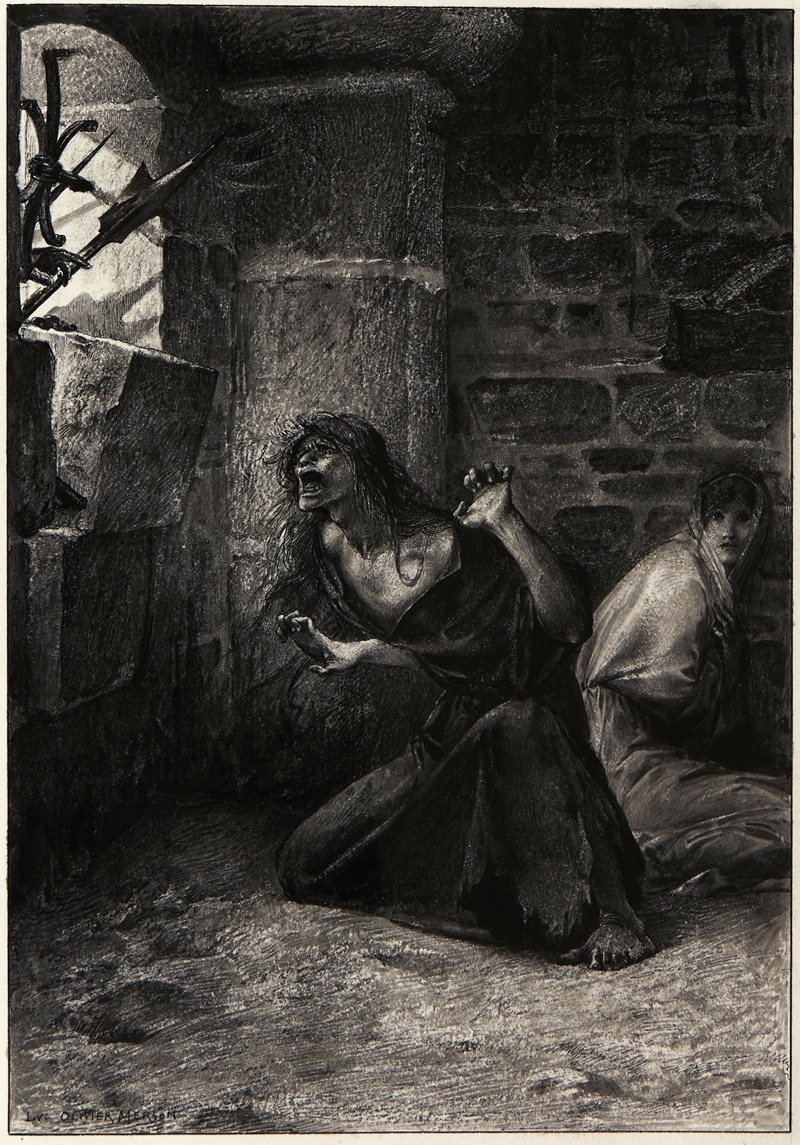
Le petit soulier
A hand-painted replica of Luc-Olivier Merson’s masterpiece Le petit soulier, meticulously crafted by professional artists to capture the true essence of the original. Each piece is created with museum-quality canvas and rare mineral pigments, carefully painted by experienced artists with delicate brushstrokes and rich, layered colors to perfectly recreate the texture of the original artwork. Unlike machine-printed reproductions, this hand-painted version brings the painting to life, infused with the artist’s emotions and skill in every stroke. Whether for personal collection or home decoration, it instantly elevates the artistic atmosphere of any space.
Luc-Olivier Merson's "Le petit soulier" is a notable work by the French artist, who was active during the late 19th and early 20th centuries. Merson, born in 1846, was renowned for his academic style and his ability to blend historical and religious themes with a touch of romanticism. He was a prominent figure in the French art scene, known for his paintings, illustrations, and designs, including his work on banknotes and postage stamps.
"Le petit soulier," which translates to "The Little Shoe," is a painting that exemplifies Merson's skill in narrative art. While specific details about the painting's creation and its current location are not widely documented, Merson's body of work often reflects his interest in storytelling through visual means. His paintings typically feature meticulous attention to detail and a strong sense of composition, characteristics that are likely present in "Le petit soulier."
Merson's education at the École des Beaux-Arts in Paris and his subsequent Prix de Rome win in 1869 significantly influenced his artistic development. The Prix de Rome was a prestigious scholarship that allowed young artists to study in Rome, providing them with exposure to classical art and architecture. This experience enriched Merson's understanding of historical and religious subjects, which frequently appeared in his work.
Throughout his career, Merson was celebrated for his ability to convey complex narratives with clarity and emotional depth. His works often depicted scenes from mythology, history, and religion, rendered with a romantic sensibility that appealed to the tastes of his time. Merson's style is characterized by its precision, careful use of color, and the ability to evoke a sense of drama and intrigue.
In addition to his paintings, Merson was also a prolific illustrator and designer. His illustrations for books and periodicals were widely appreciated, and his designs for French banknotes and postage stamps further cemented his reputation as a versatile and talented artist. Merson's contributions to the arts were recognized with numerous accolades, including his appointment as a member of the Académie des Beaux-Arts in 1906.
While "Le petit soulier" may not be as widely recognized as some of Merson's other works, it remains a testament to his artistic skill and his ability to capture the imagination of his audience. Merson's legacy as an artist is marked by his dedication to his craft and his influence on the academic art tradition in France.
Overall, Luc-Olivier Merson's "Le petit soulier" is a reflection of his broader oeuvre, characterized by its narrative strength and technical excellence. Although specific details about the painting are limited, Merson's reputation as a master storyteller in art ensures that "Le petit soulier" holds a place within the rich tapestry of 19th-century French painting.







